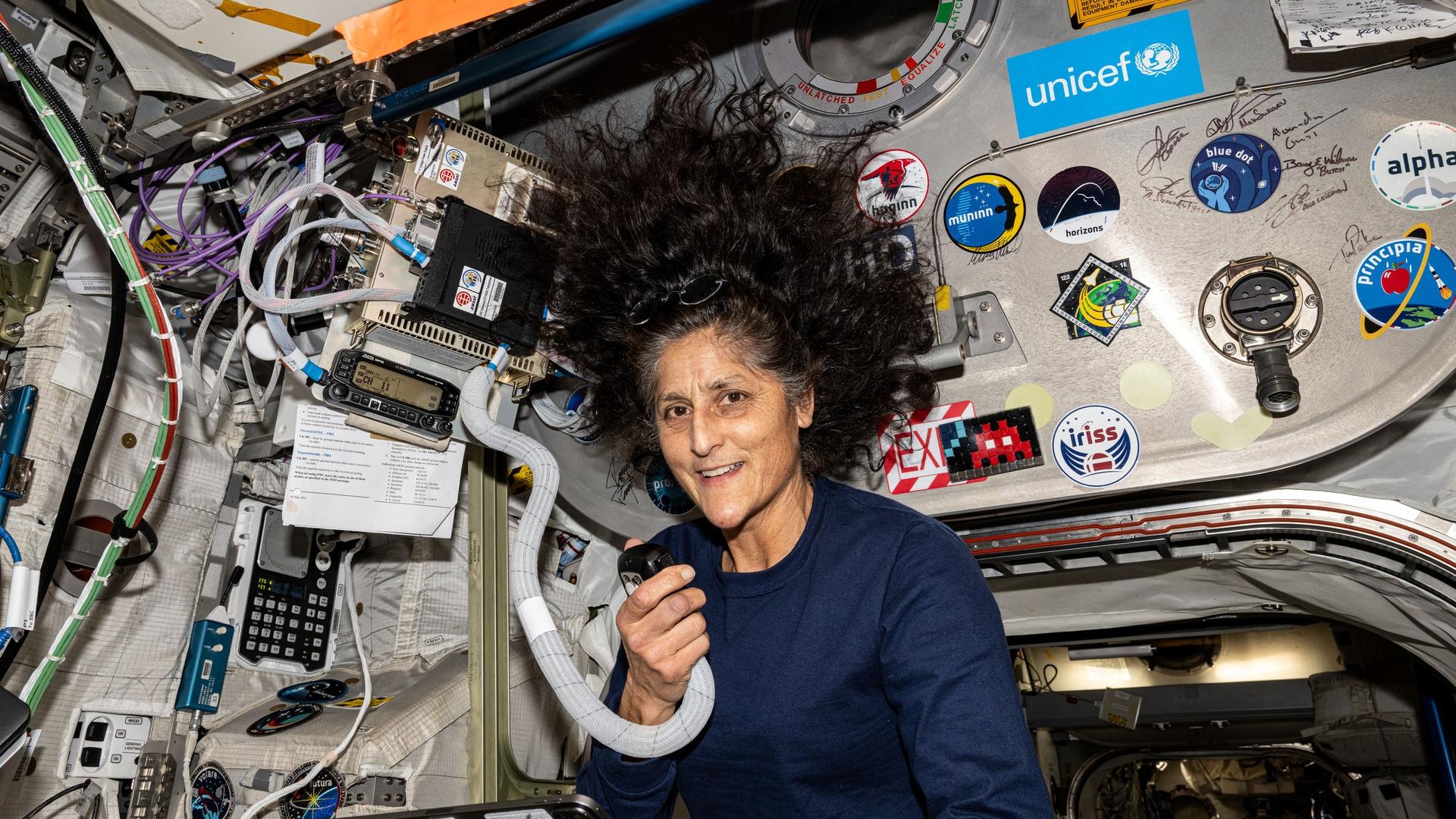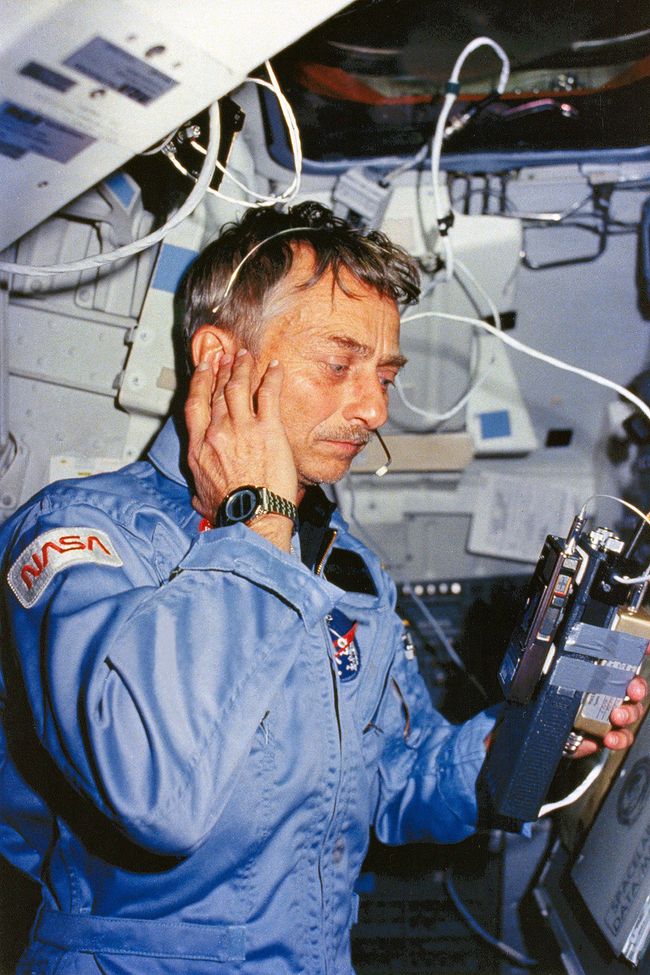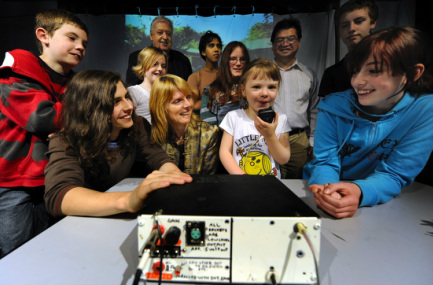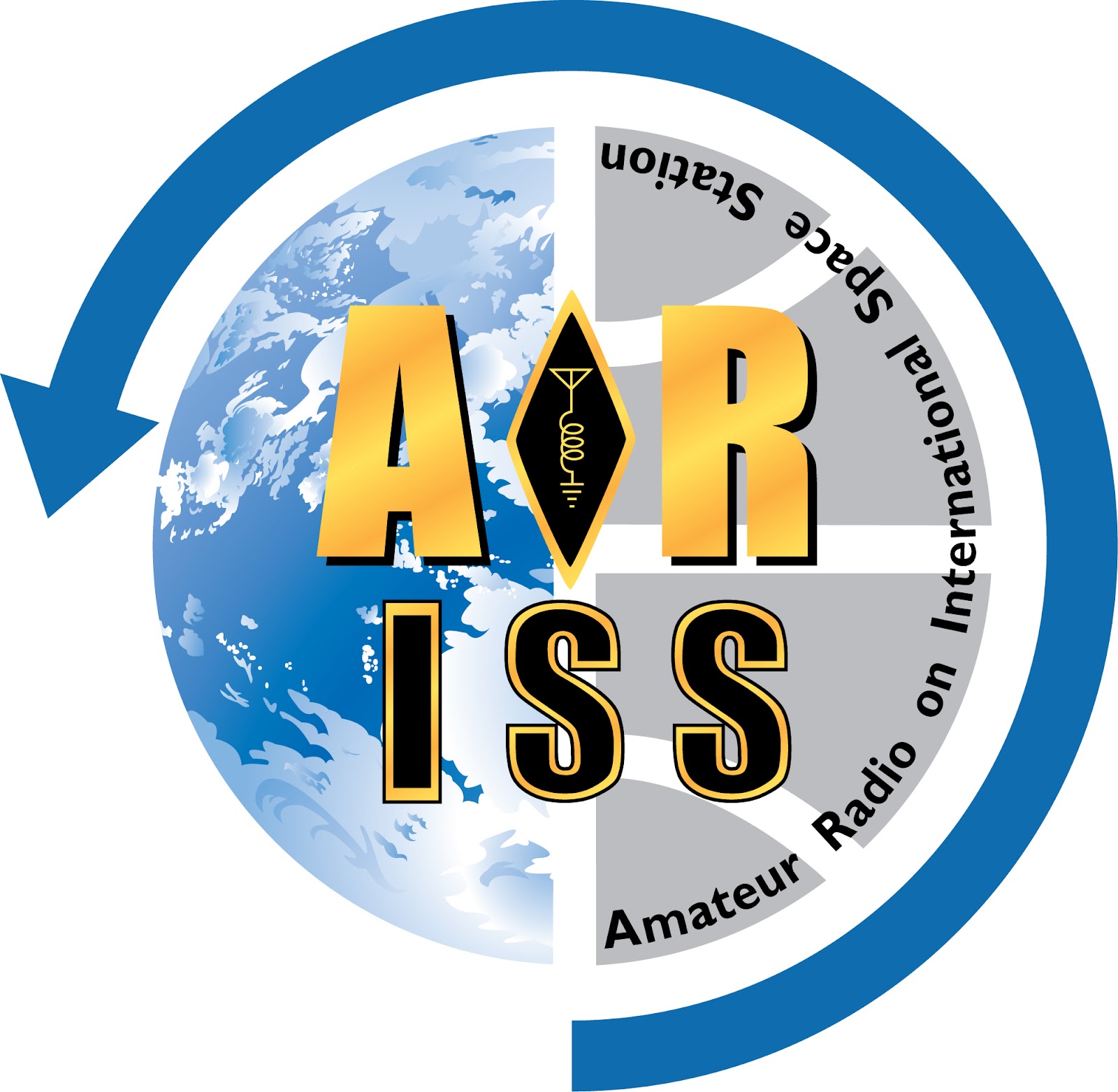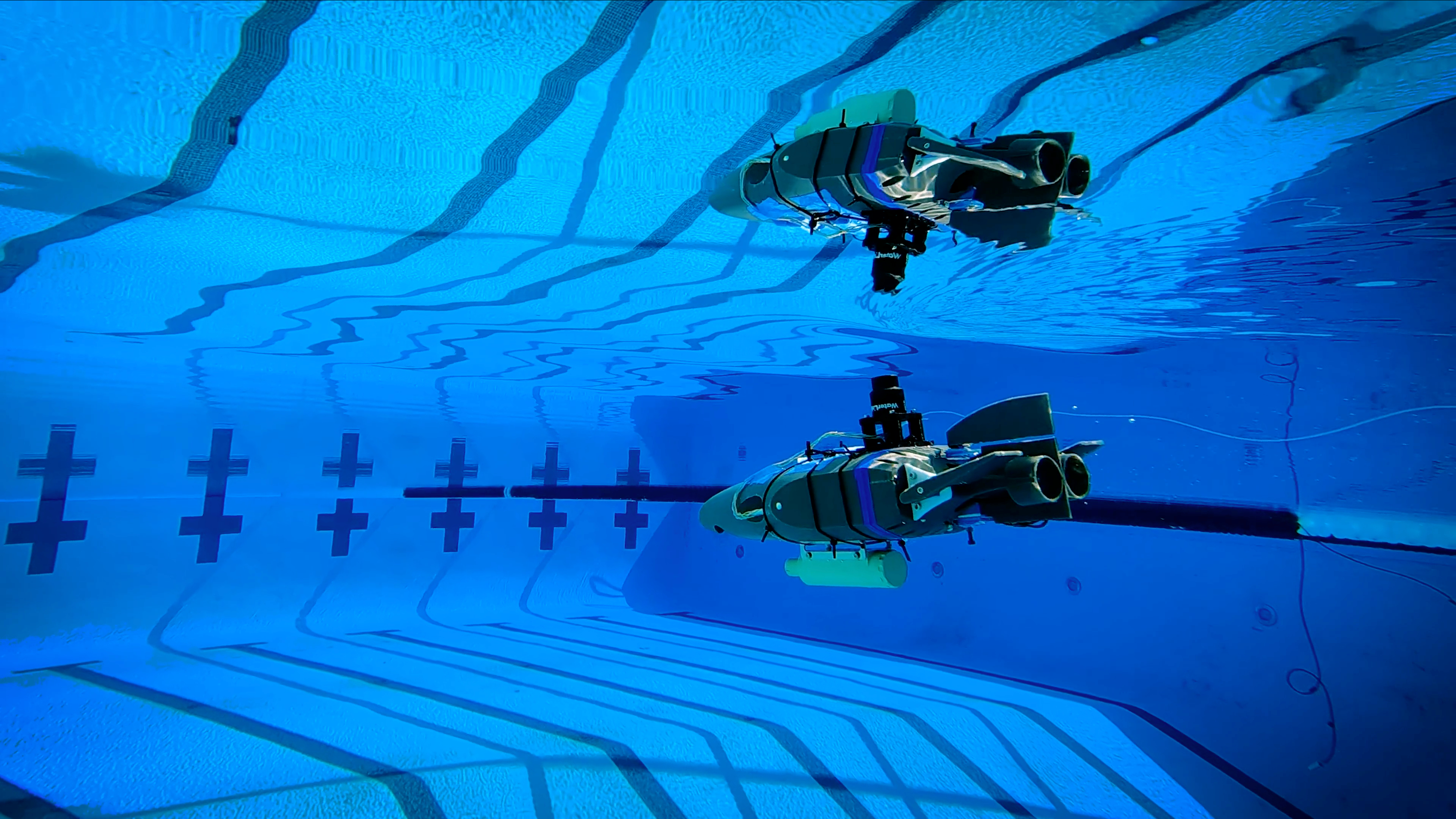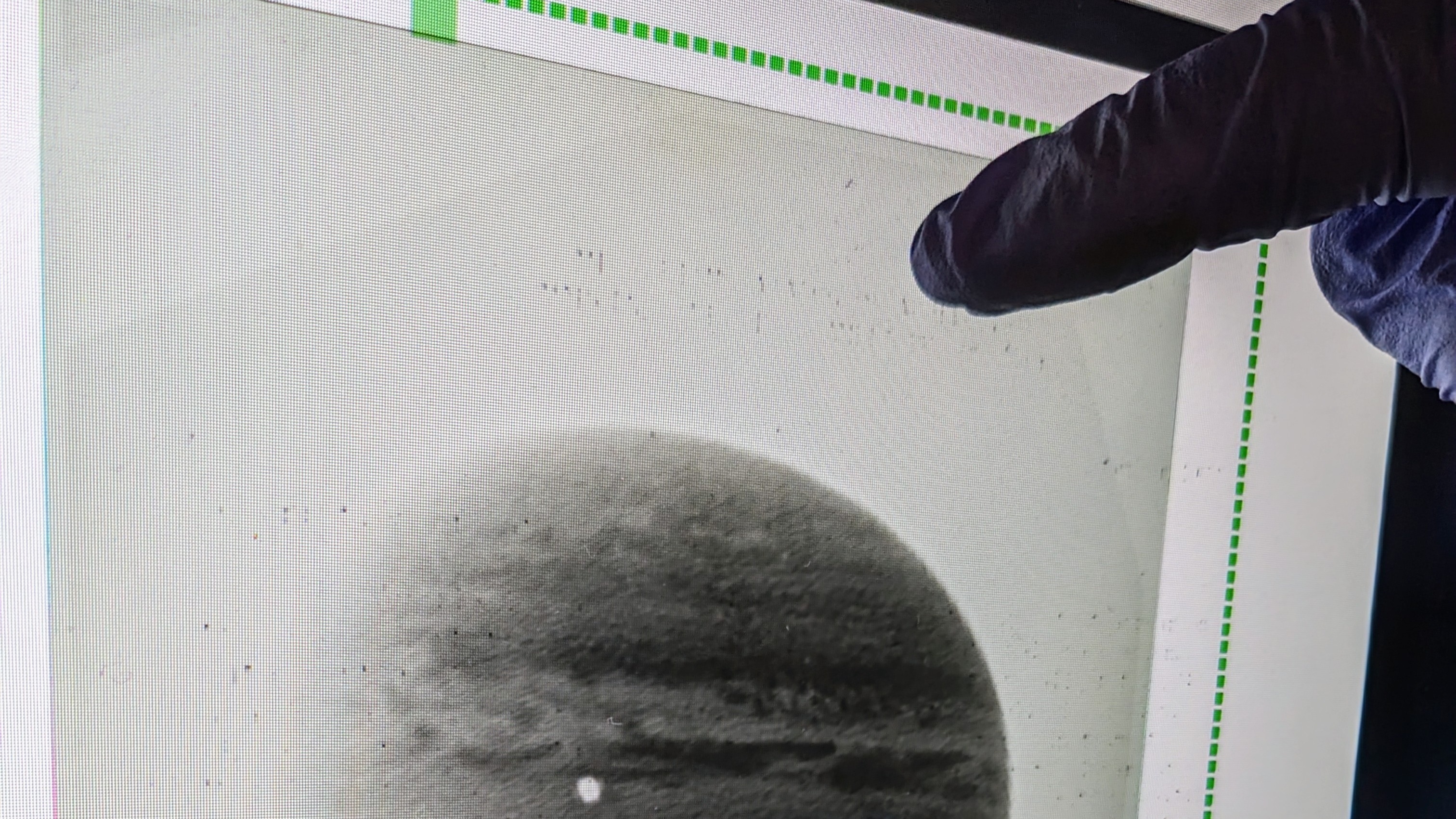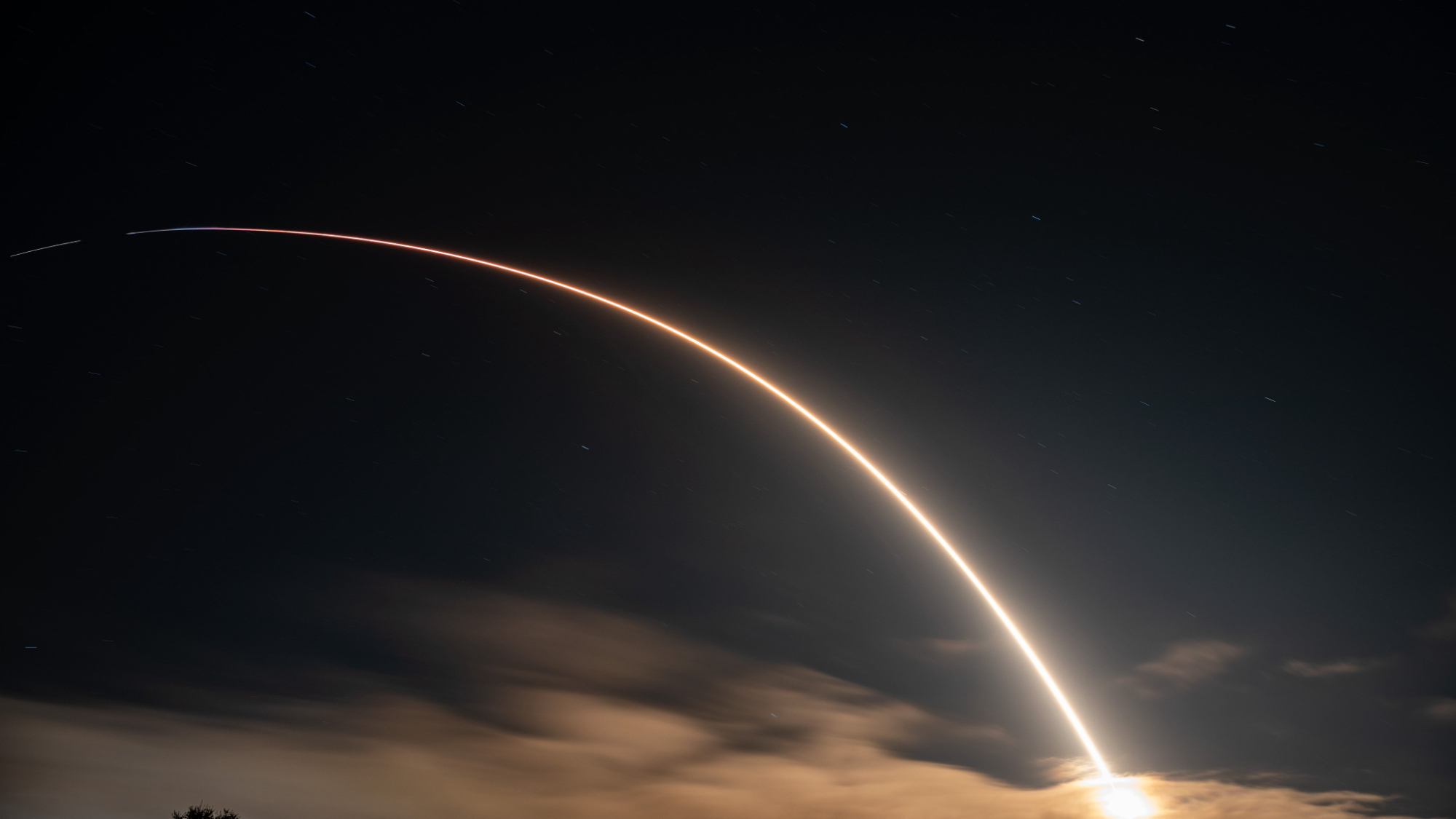Consider this: It is now four decades ago that astronaut Owen Garriott, callsign W5LFL, pioneered amateur radio communication from space. He was a crewmember on the space shuttle program’s STS-9 mission.
During that space shuttle flight in 1983, Garriott became the first-ever person in space to communicate with amateur radio operators on the ground. He was also the first person to be heard directly from space by members of the public using simple radio receivers and scanners.
That event transformed astronaut communications from space forever, allowing amateur radio operators and the public to communicate with people in space. But don’t change that dial! Much more is coming in terms of amateur radio and the International Space Station.
Strong signal strength
The Radio Amateur Satellite Corporation, or AMSAT in short wave sign language, is a worldwide group of Amateur Radio Operators dubbed as “Hams.”
AMSAT itself was formed in 1969 as an educational organization. For decades the organization has emitted strong signal strength to emphasize that status.
For decades, AMSAT groups have had far-reaching, positive effects on the future of both amateur radio, as well as other governmental, scientific and commercial activities in terms of the final frontier.
Home brew
AMSAT’s ongoing achievements in space research and communication were kick-started by efforts surrounding the 1961 launch of Project OSCAR – the Orbiting Satellite Carrying Amateur Radio.
A U.S.-based group on the west coast built the very first amateur radio satellite, the 10-pound “home brew” OSCAR-1, assembled in a garage in Los Altos, California.
OSCAR-1 was lofted on Dec. 12, 1961 as a secondary payload as “ballast” on a U.S. spy satellite launch from Vandenberg Air Force Base in California.
OSCAR-1 made its ascension into Earth orbit a scant four years after the liftoff of the former Soviet Union’s first Sputnik in October 1957.
Radio spectrum
“Since then, two groups — Project OSCAR and AMSAT — have launched more than 30 spacecraft designed and built by radio amateurs. The OSCAR number is now over 100 satellites but most of these have been university satellites who wanted to use amateur radio spectrum and wanted to support the notion of satellite for use by radio amateurs,” said Jan King, a founding member of AMSAT.
“Amateur radio has launched and operated more satellites than most countries have,” King told Space.com.
But for boosted signal strength, enter the Amateur Radio on the International Space Station (ARISS).
The ARISS program was created and is managed by an international consortium of amateur radio organizations and space agencies including NASA, Russia’s Roscosmos, the Canadian Space Agency, the Japan Aerospace Exploration Agency and the European Space Agency.
Educational connections
Frank Bauer, also known as KA3HDO in callsign lingo, is ARISS-USA Executive Director and serves as international chair of the group.
“We are performing 60-100 ‘educational connections’ with astronauts and cosmonauts on ISS a year,” Bauer told Space.com.
Educational connections are astronaut on-board contacts in formal and informal educational settings. These can include formal schools, virtual or home schools, scouts, boys and girls clubs, libraries, etc., Bauer explained. To date, ARISS has performed about 1,700 connections with ISS astronauts, an initiative that began just a few weeks after the first crew came onboard the orbiting outpost, he said.
Over that period of time, ARISS has chalked up several milestones. On Nov. 13 of this year, the group celebrated 24 years of continuous operations and on Dec. 21 they flag the 24th anniversary of their first ISS school contact.
“Our connections, over the years, have engaged between 40,000 and 200,000 youth per year,” Bauer said. “We were the first operational educational payload on the ISS.”
New milestones
In the next few years, ARISS is scoping out new milestones the group would like to achieve.
For one, there’s an ARISS 2.0 initiative, a new education vision for the future and one that is multi-pronged.
To that end, that strategy involves:
- Developing and deploying engaging education projects and lesson plans;
- Extending low Earth orbit (LEO) space-reach to include multiple commercial space stations as well as activities on ISS;
- Extending educational activities beyond LEO into deep space via lunar orbiters and landers, including NASA’s projected Lunar Gateway;
- Supporting science/technology projects that employ ARISS capabilities and/or enhance science via radio techniques.
Projects underway
There have been a series of partnerships, grants and other ARISS team activities that are keyed to education, spaceflight hardware development and spaceflight operations.
Bauer pointed to projects underway, such as SPARKI (Space Pioneers Amateur Radio Kit Initiative) Radio Kit, which is currently operational via a grant from Amateur Radio Digital Communications (ARDC), a California-based foundation with roots in amateur radio and the technology of internet communication.
Also there are partnerships with the private space group Axiom and NASA, Bauer added, “where we have supported all three Axiom mission crews.”
Also there’s the ARISS STAR (Space Telerobotics Using Amateur Radio), in development, as well as Student Mission Control, also in development, said Bauer.
Blue-sky to the moon
How about any blue-sky thoughts on future ARISS endeavors that might tie into NASA Artemis moon base contact with future crews?
Bauer responded saying that the ARISS Amateur Radio Exploration (AREx) program has been developing systems to be deployed on crewed and uncrewed missions to the moon.
“Their purpose is to inspire, engage and educate youth and lifelong learners in STEAM/STEM activities and encourage them to pursue STEAM/STEM careers,” said Bauer.
STEM stands for science, technology, engineering, and mathematics while STEAM stands for science, technology, engineering, arts, and mathematics.
Achievable goal
“We have a fairly mature hardware prototype of a system called CAVIAR (Communications, Audio, Video, Imaging using Amateur Radio), which will allow youth to actively immerse themselves in lunar exploration in the lunar environment,” Bauer added.
“This includes communications with astronauts during the exploration activities as well as the ability to capture pictures and video directly, similar to what we have accomplished on ISS. Lunar communications, ala ARISS is achievable,” concluded Bauer.
For contact with ARISS, visit their official website.

